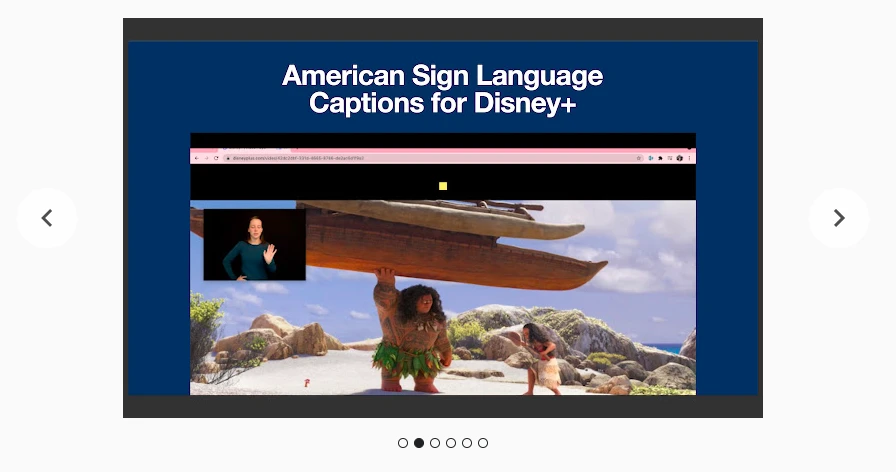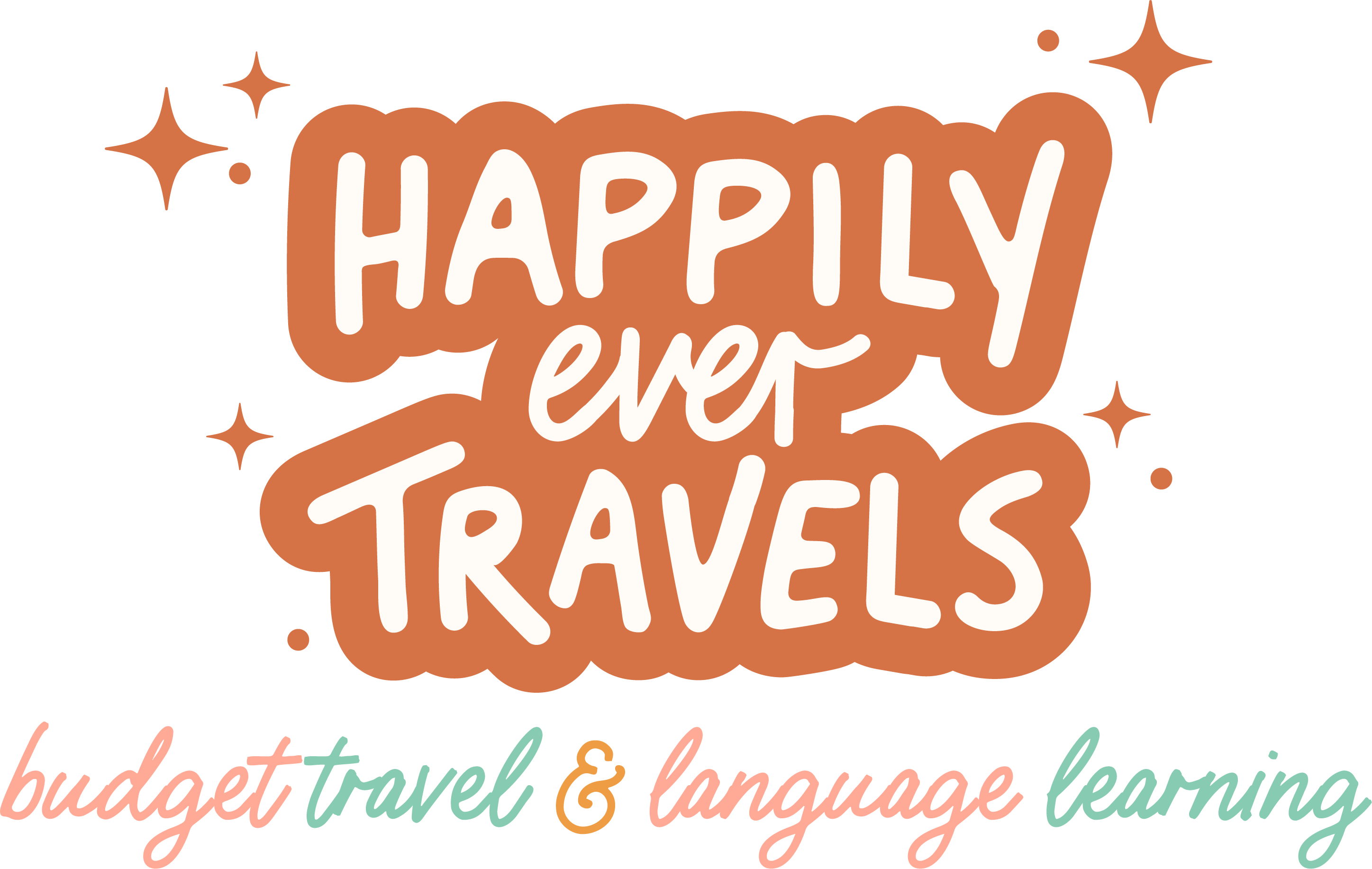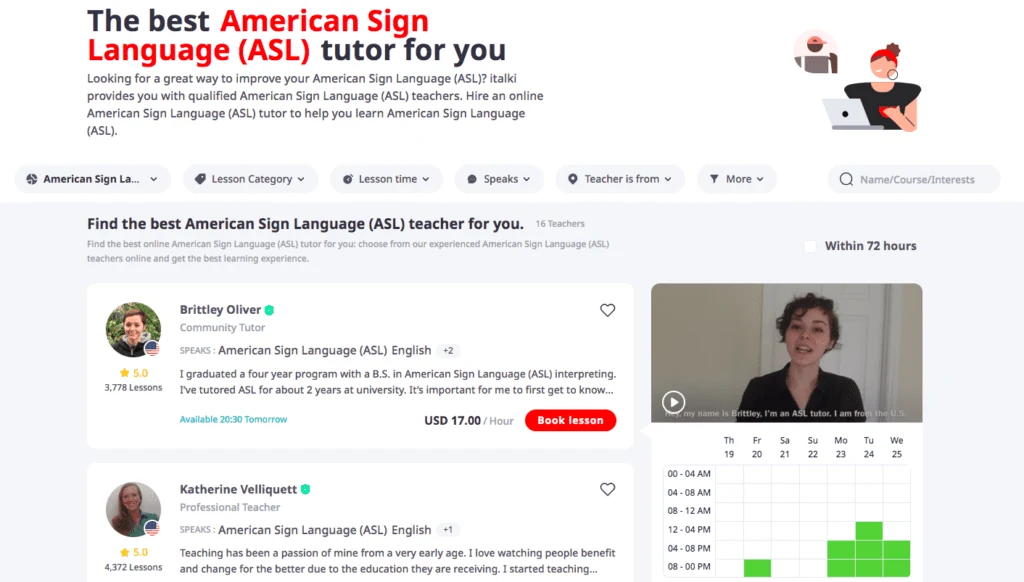It makes sense that Duolingo would have a sign language course with the massive amount of demand, but does it actually have one? Let’s dive in and find out more!
Does Duolingo Have a Sign Language Course?
No, Duolingo does not currently have a Sign Language Course.
Does Duolingo Have an ASL Course?
In short, no, Duolingo does not currently offer an American Sign Language or ASL course on its app.
This is a pretty big oversight considering how many users could benefit from this particular language learning track, but there still isn’t any kind of sign language on the app.
This is especially disappointing when you consider that Duolingo has a number of fictional languages in its rosters, such as Klingon or High Valyrian, but can’t seem to put aside time and resources for ASL.
I seriously would not be able to learn languages without italki (I’m taking 3 classes per week right now) try out a class and you’ll thank me later. They’re usually $9 or less!
Does Duolingo Have a BSL Course?
Unsurprisingly, Duolingo also fails to have a course on BSL or British Sign Language.
Sign languages are often seen as accessibility issues and not languages, which is what they actually are, which might be why they’ve been overlooked by Duolingo so far.
Want to learn a language quickly and never forget it? Check out this book on Amazon about how to stay fluent in a language over time without losing fluency!
Why Doesn’t Duolingo Have a Sign Language Course?
One of the main reasons that Duolingo doesn’t have certain languages is due to a lot of demand, but we know with either BSL or ASL, this isn’t the case. In fact, the demand is only growing. Therefore, it’s likely that it’s more a logistical or technical problem than a popularity one on Duolingo’s end.
This is a great question. Realistically, it’s probably because their simplified course structure which has limited picture-based rounds isn’t quite right for sign language.
Yes, there are flashcards and quizzes that use photos, but Duolingo would likely have to retool a lot of their trademark course structure to remove the speaking and listening tools and focus on more reading and writing-based skills.
If you want to learn a language faster than ever, I highly recommend reading Benny Lewis’s book on how to learn a language in JUST 3 months.
Is Duolingo Going to Make a Sign Language Course?
Duolingo has something called the Duolingo Incubator, where users and stakeholders can see what language courses are currently in development or being planned for the next couple of years. This is mostly to drive buzz and let the user base know that Duolingo has been listening to them.
It’s because of this, that we can say that neither ASL nor BSL is slated to be released on Duolingo in the coming few years.
We know that it’s going to take a couple of years to develop the course, based on Duolingo’s current lead times, and the additional tweaks a sign language course is going to need on the platform.
So, for the foreseeable, sign language is not going to feature on Duolingo.
6 Alternative Apps to Duolingo for Learning Sign Language for ASL
Now that Duolingo has let us down when it comes to apps with sign language courses, let’s find some alternatives that offer ASL courses and resources. If you’re looking for BSL options, I’ll dive into those below.
1. SignSchool
If you’re wanting all the gamified content that makes Duolingo so popular, designed for ASL audiences, download SignSchool.

It includes a full ASL dictionary, games, and quizzes to test your knowledge. If you want to test yourself in a pinch, use their random sign generator to see if you recognize the different signs out-of-context – it’s a great way to really test those recognition skills!
2. Hands-On ASL
Looking for a more interactive ASL app? Hands-On ASL utilizes 3D models of hands to give you a complete view of how the signs are supposed to look.
This is super important and impressive, especially with ASL only working on one hand, so the margins for error and miscommunication can be higher. It’s a good beginner app, teaching you the alphabet and numbers one to nine – a great place to start before moving on to other apps or ASL resources.
3. WeSign
If you’re trying to introduce ASL to children, check out WeSign. It’s a fundamentals app that is focused on reading fingers.
This helps them to understand what’s being said initially, so they can build upon their learning with conversation afterward. It’s a pretty basic app, but it’s a good opening tool if you don’t know where to begin with ASL.
4. Marlee Signs
Looking to learn some more practical words and phrases in ASL? Not only does Marlee Signs go over the basic ASL alphabet and numerical system, but it then moves across to common words and phrases that you’re likely to come across in day-to-day life.
Although this is by no means a comprehensive app, and it is designed for beginners, it goes a bit further than other ASL apps in this article.
5. Drops (Scripts)
A popular language learning app, Drops, has been supplementing Duolingo and providing an alternative for a while now. It primarily focuses on vocabulary on a flashcard and quiz basis.
Now, they’ve come out with a different version of their app, Scripts, where you can learn ASL!
It’s easy to use on the go and has a beautiful design that’ll keep you coming back for more. With sessions starting from five minutes long, you can learn a little bit each day!
6. Lingvano
If you want to take the next step on your ASL journey, check out Lingvano. With 10-minute lessons, you can improve your conversational skills.
The great thing about Lingavno is that there are both ASL and BSL options. So, with that in mind, let’s continue onto the BSL side of signing!
Language Learning Must-Haves
- iTalki Language Classes: The #1 reason why I’ve been able to learn languages from home. Take conversation classes from a native speaker for only $5-$10 an hour.
- How to Be Fluent Books: Two of my favorite books about language learning have definitely got me super excited about learning a language and I highly recommend reading both!
- Fluent Forever: How to Learn Any Language Fast and Never Forget It
- Fluent in 3 Months: How Anyone at Any Age Can Learn to Speak Any Language from Anywhere in the World
- A Language Planner: Keep track of your scheduled language classes, set language goals, and organize your study schedule with my favorite planner ever.
- Harry Potter in Your Target Language: Reading a beginner book that you’re familiar with is an incredible way to learn vocabulary quickly!
- The Perfect Language Notebook
2 Alternative Apps to Duolingo for Learning Sign Language for BSL
On the other side of the Atlantic and looking for a Duolingo alternative to learn BSL? Here are some great apps that’ll fill the owl-shaped void in your life.
1. Bright BSL
Working in a similar setup to Duolingo, Bright BSL has 20 modules for you to work through using games, quizzes, and other fun ways to learn. Categorized into different topics, Bright BSL enables you to learn practical words and phrases using video examples.
It’s a really well-rounded app, and perfect for beginners, or those of you wanting to learn more than just the alphabet and numbers.
2. Sign BSL
If you’re looking for an online BSL dictionary to supplement your sign language learning journey, Sign BSL is one of the most comprehensive sites. Simply search a word or phrase and you’ll find user-created videos showing you how to sign that word or phrase in BSL.
There are normally two or three videos for each one, so if the angle or lighting isn’t great on one, just move on to the next one.
As they’re user-generated, the videos aren’t always the best quality, but the site does seem to be moderated, so the signing itself is all good!
5 Ways to Learn Sign Language Without Apps
If you don’t like using sign language apps, want to find something to supplement your app-based learning, or need a method that goes a little further, there are plenty of ways to learn both ASL and BSL.
To be honest, many of the apps for BSL and ASL are beginner-only, and there are very few intermediate apps or courses available on the app stores. So, if you want to learn more words and phrases, past the basics, you might need to check out these other sign language learning resources.
1. Online iTalki Classes or In-Person Classes
If you can find an in-person ASL or BSL class near you, this is probably going to be a great place to learn while also connecting to the language learning community near you.
However, in-person classes can be a lot more expensive and not as efficient as one-on-one online classes, which is why I usually stick to iTalki to practice my languages. I’ve taken in-person classes, and while they were super fun and immersive, they just didn’t get me as much for my money as iTalki did.
Here, you can be corrected in real-time, learn words and phrases that you’re genuinely going to use, and get all the necessary context that you’ll need to succeed.
More and more sign language classes are popping up, from night classes at your local college, to community centers, to online courses on platforms like Udemy, to name just a few.
2. Watch Sign Language YouTube Channels like Learn How to Sign
If you want to learn something in an interactive way and on the go, YouTube is increasingly the way to go. There are so many ASL and BSL videos on the site, ranging from basics to slang, to useful phrases for when you’re out and about.
For ASL, one of the most popular YouTube channels is Learn How to Sign, and for BSL check out
Commanding Hands.
You can also find a few channels and playlists that act like real ASL or BSL courses that you can follow over time. Have a search, find a channel or presenter that you like, and dive in! You can always save the useful or popular ones to your account, so you can refresh your memory at a later date.
3. Watch TV with Sign Language
On many shows, you can watch with subtitles – that’s pretty commonplace now – but you can also watch with a sign language expert signing in the corner.
One way to do this is by using the Google Chrome Extension “SignUp – Sign Language for Netflix & Disney+” which overlays Netflix and Disney+ shows with videos of ASL.

You can watch programs you enjoy or already know and follow along with the interpreter. These are featured on a whole range of programs from kids’ shows to documentaries to soaps and more, so you’re bound to find something to enjoy and learn as you go.
Nowadays, sign language interpreters are on stage with some musical guests at concerts and festivals. Especially when they’re on stage with rap artists, often the speed of the signing is so good and precise, that video footage goes viral – it’s definitely worth checking out!
4. Start With ASL or BSL Books
If in doubt, hit the books. Now, it can be difficult to get a feel for the movement and transitions of ASL or BSL from a 2D book, but it’s a great jumping-off point, and it’s a great reference point for when you’re revising or refreshing your memory.
You can find a lot of ASL and BSL worksheets, books, and written resources online. If you have a larger language reference section in your local bookstore, you might be in luck, but the majority of the time, you’ll need to order sign language books in specially.
5. Grab a Sign Language Dictionary
When you’re learning a new language, you’ll probably want a dictionary to keep your vocabulary progress strong. Now, we’ve spoken about books generally, and I’ve mentioned an online BSL dictionary, so there are old-school and newer, more digital options.
Whichever one works best for you, bookmark it, keep it on hand, and make sure you keep brushing up on your sign language words and phrases. With both ASL and BSL, vocabulary building is key!
What is the Difference Between ASL and BSL?
The main difference between ASL and BSL is that ASL signs only using one hand, and BSL uses both hands. This means that a lot of the words and phrases are completely different, and the two languages aren’t interchangeable.
As their names suggest, one is more popular in America, and one is more popular in the UK. So, if you’re trying to figure out which one to learn, go with the one that’s more geographically relevant to you. There’s little use learning BSL if you’re solely signing in the US.
Why Should You Learn Sign Language?
Really, there are a ton of reasons why you should be learning sign language. With such a massive reach, the chances that you’re going to come into contact with someone who is hard of hearing or deaf is pretty high. Even knowing the basics of sign language, either ASL or BSL – is going to go a long way.
It’s also an accessibility issue. Imagine everyone around you refusing to communicate with you, how frustrating would that be? Learning sign language is a way to be more inclusive and involves more people in conversation.
Out of the 7.837 billion people on Earth right now, 1.5 billion are living with hearing loss to some degree. Whether that’s a complete reliance on sign language and lip reading, or being hard of hearing, having a loss of hearing impacts a huge amount of people.
From the people who actually have hearing loss to their families and loved ones, there is a huge need for sign language courses across the world. Honestly, it’s ridiculous that it’s not a part of the school curriculum – at least at a basic level!
The two main types are American Sign Language (ASL) and British Sign Language (BSL).
After all, it’s our first point of call whenever we want to learn a new language, why would ASL or BSL be any different than French, Mandarin, or Arabic?
How Long Does it Take to Learn Sign Language?
It varies depending on how many hours you spend each week, whether you’re using it all the time, or if you’re just dipping in and out.
On average, it takes three to four years to become fluent in either ASL or BSL, but you can become conversational in a much shorter amount of time than that.
Summary
With so many people either being deaf or hard of hearing, it’s a wonder more of us don’t already know ASL or BSL at least at a basic level.
Groups are lobbying to have sign language included in the school curriculum to foster inclusivity and get everyone up to speed, but in the meantime, there are plenty of great apps and other language-learning resources to get you started.
Whether you want to learn the basics, get to a conversational level, or just try your hand at a new language, skip Duolingo (they’ve let us down!) and check out a couple of the options on this list.
We should all know at least the basics of ASL or BSL and the fact that you’re on this page says you’re on the right track!
Read More About Duolingo:
- Do You Have Sanskrit on Duolingo?
- What is Duolingo Happy Hour?
- Do You Have Bulgarian on Duolingo?
- How to Switch Language on Duolingo
- Does Duolingo Offer Slovak?

Dayna Brockbank is a travel and language-learning blogger who has lived around the world but has now settled in Nice, France. She speaks 3 languages at varying levels of fluency: Spanish, Italian, and French, and graduated with a Bachelor’s in Spanish Education. She and her husband focus on making travel part of life by living cheaply and traveling on a budget.


